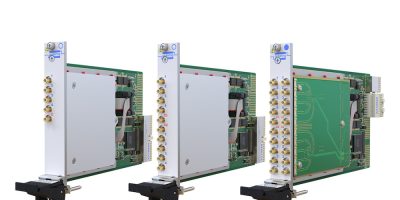Two workload optimised processors are based on AMD’s new Zen 4c core architecture. The AMD EPYC 97X4 cloud native-optimized data centre CPUs extend the EPYC 9004 series of processors to deliver the thread density and scale needed for leadership cloud native computing.
The company has also announced the 4th Gen AMD EPYC processors with AMD 3D V-Cache technology, which are suitable for the most demanding technical computing workloads, said AMD. “Forrest Norrod, executive vice president and general manager, Data Center Solutions business group, AMD, commented: “We closely align our product roadmap to our customers’ unique environments and each offering in the 4th Gen AMD EPYC family of processors is tailored to deliver compelling and leadership performance in general purpose, cloud native or technical computing workloads.”
The AMD EPYC 97X4 processors, with up to 128 cores, deliver up to 3.7 times throughput performance for key cloud native workloads compared to Ampere . The 4th Gen AMD EPYC processors provide customers up to 2.7 times better energy efficiency and support up to three times more containers per server to drive cloud native applications at the greatest scale.
At the Data Center and AI Technology Premiere, Meta confirmed that these processors are well suited for mainstay applications such as Instagram and WhatsApp, with “impressive performance gains” compared to 3rd Gen AMD EPYC across various workloads, while offering substantial TCO improvements.
Technical computing enables faster design iterations and more robust simulations to help businesses design new and compelling products. The 4th Gen AMD EPYC processors with AMD 3D V-Cache technology extend the AMD EPYC 9004 series of processors to deliver the world’s best x86 CPU for technical computing workloads such as computational fluid dynamics (CFD), finite element analysis (FEA), electronic design automation (EDA) and structural analysis.
Optimised for the most demanding HPC applications, the processors deliver performance gains of up to five times when compared to the previous generation HBv3 and scale to hundreds of thousands of CPU cores.
The 4th Gen AMD EPYC processors are available today and are feature and socket compatible with existing AMD EPYC 9004 series CPU-based systems, for a seamless upgrade path.






